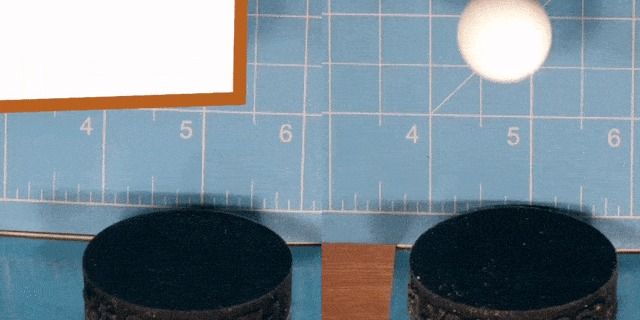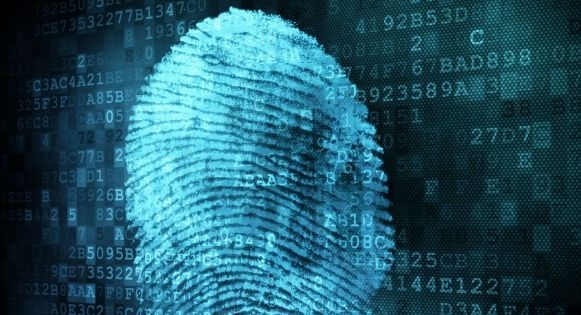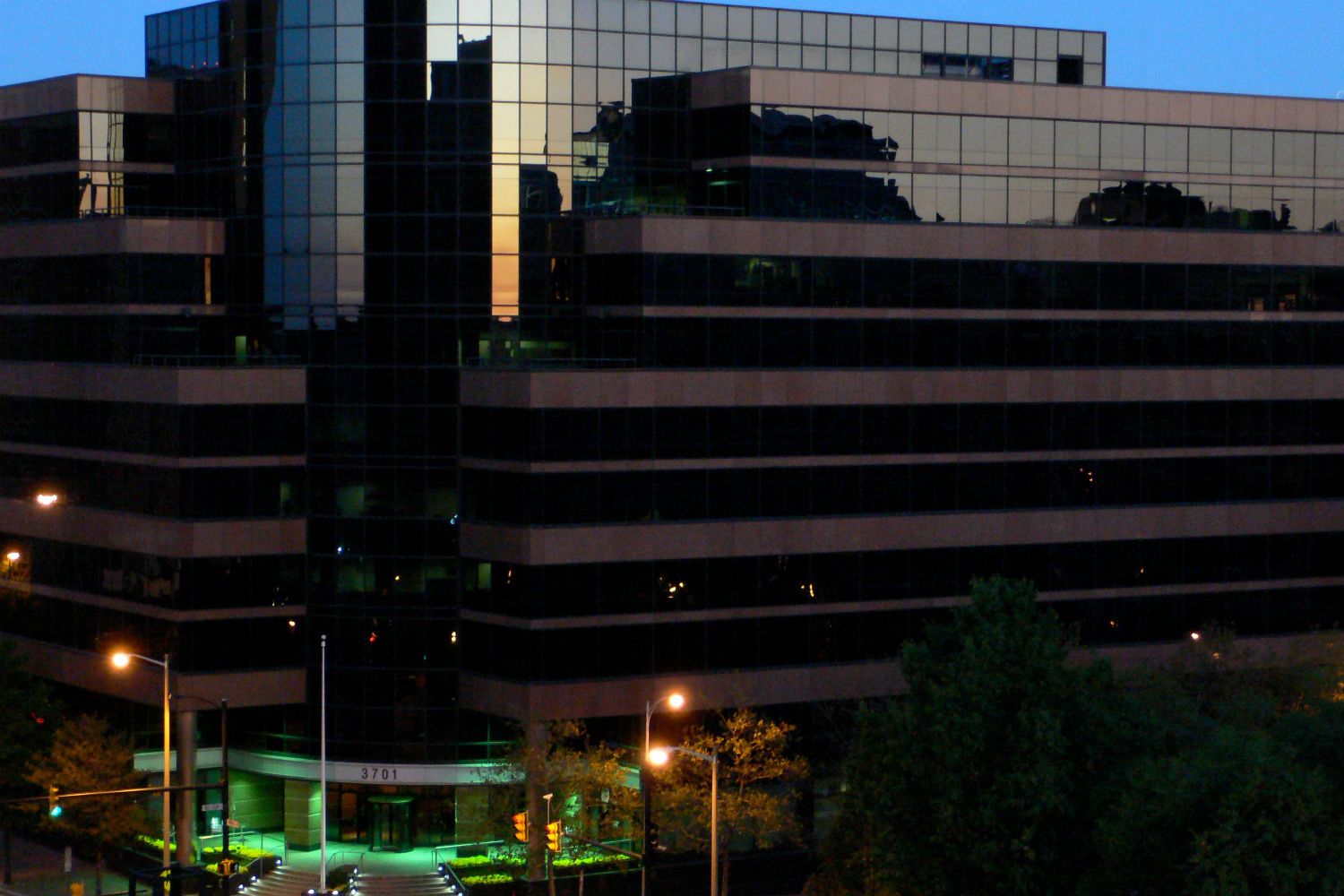DULLES, Va.—(BUSINESS WIRE)— Orbital ATK, Inc. (NYSE: OA), a global leader in aerospace and defense technologies, and Stratolaunch Systems today announced a multi-year production-based partnership that will offer significant cost advantages to air-launch customers. Stratolaunch Systems, in cooperation with Vulcan Aerospace, is responsible for realizing Paul G. Allen’s vision for space.
“The combination of our extensive air-launch experience and the Stratolaunch aircraft has the potential to provide innovative and cost-effective options for commercial launch customers.” Tweet this
Under this partnership, Orbital ATK will initially provide multiple Pegasus XL air-launch vehicles for use with the Stratolaunch aircraft to provide customers with unparalleled flexibility to launch small satellites weighing up to 1,000 pounds into low Earth orbit. Pegasus has carried out 42 space launch missions, successfully placing more than 80 satellites into orbit for scientific, commercial, defense and international customers.









